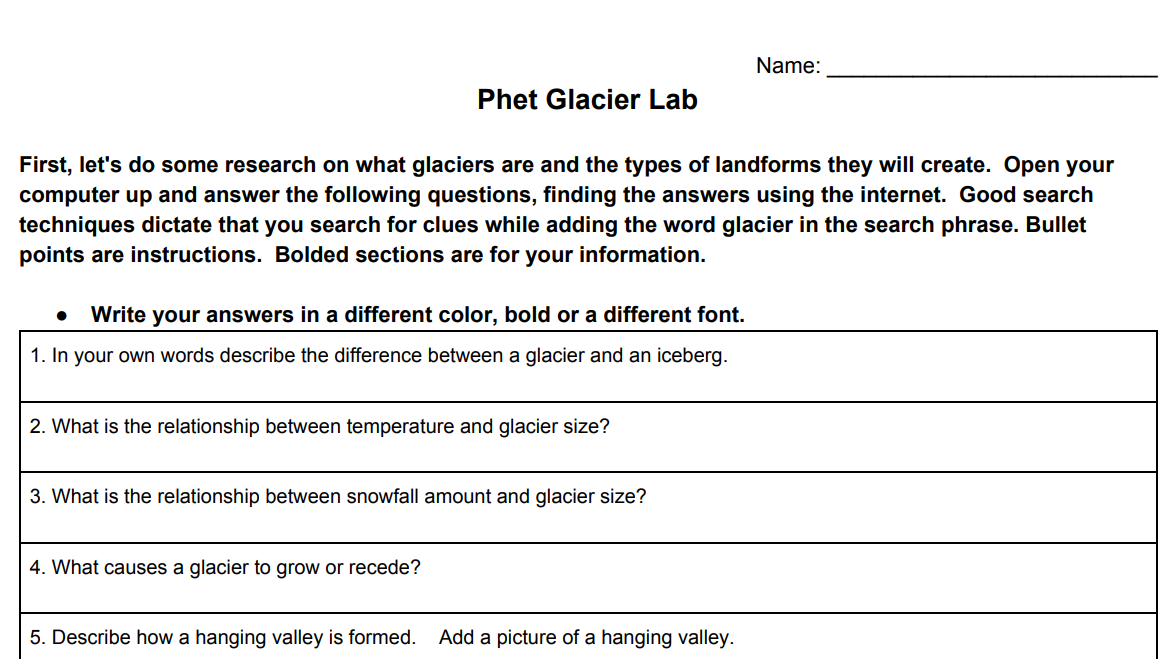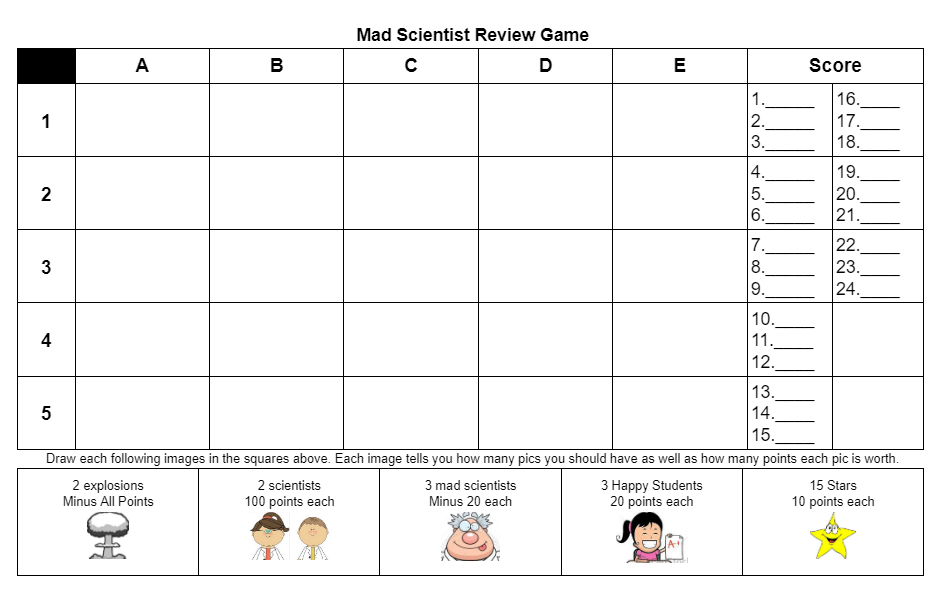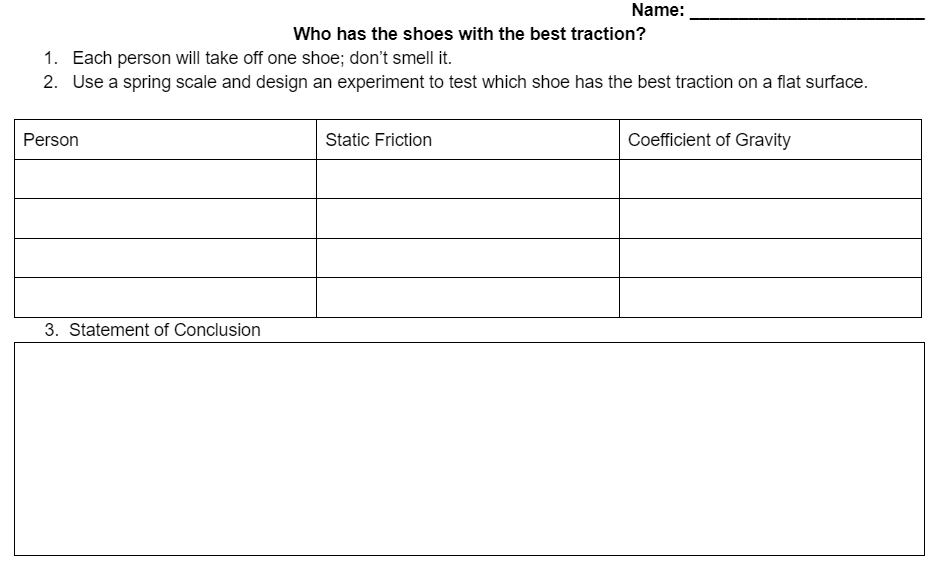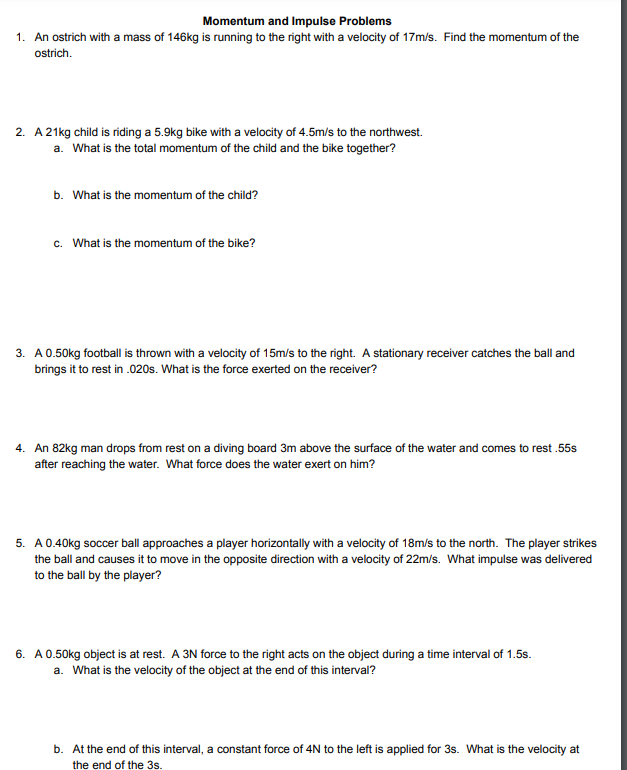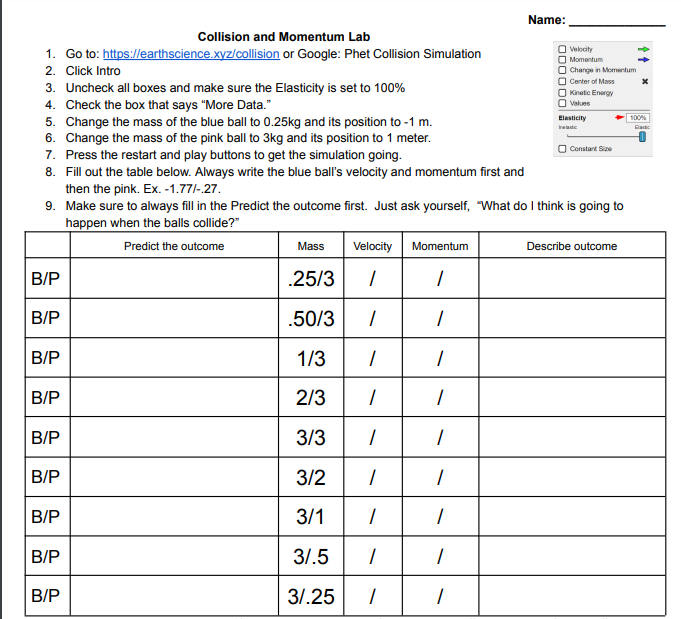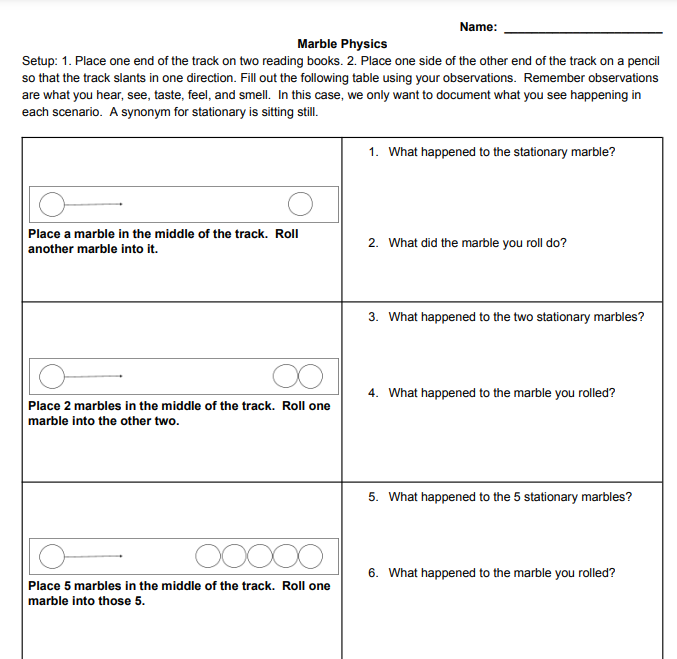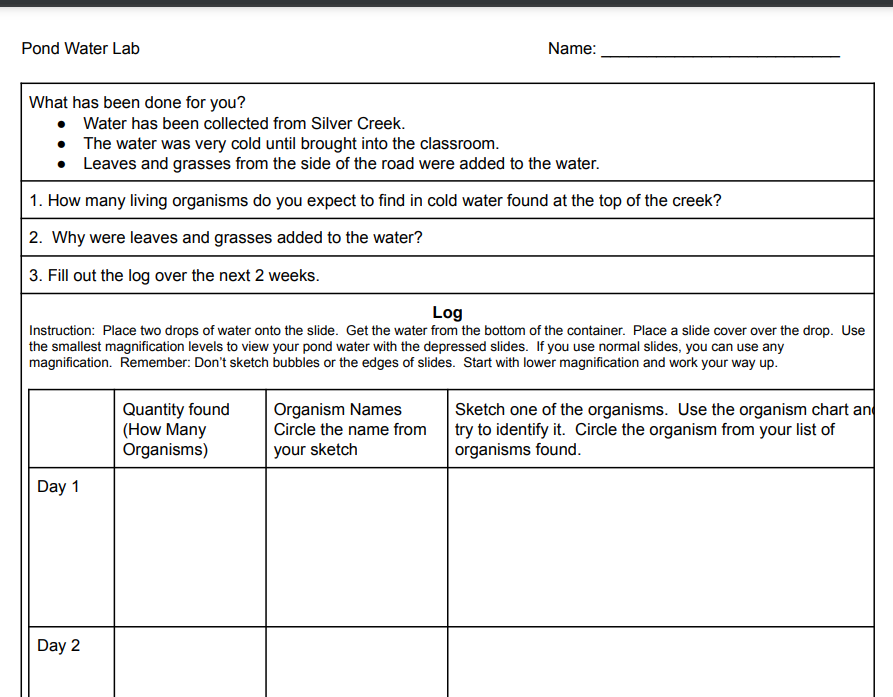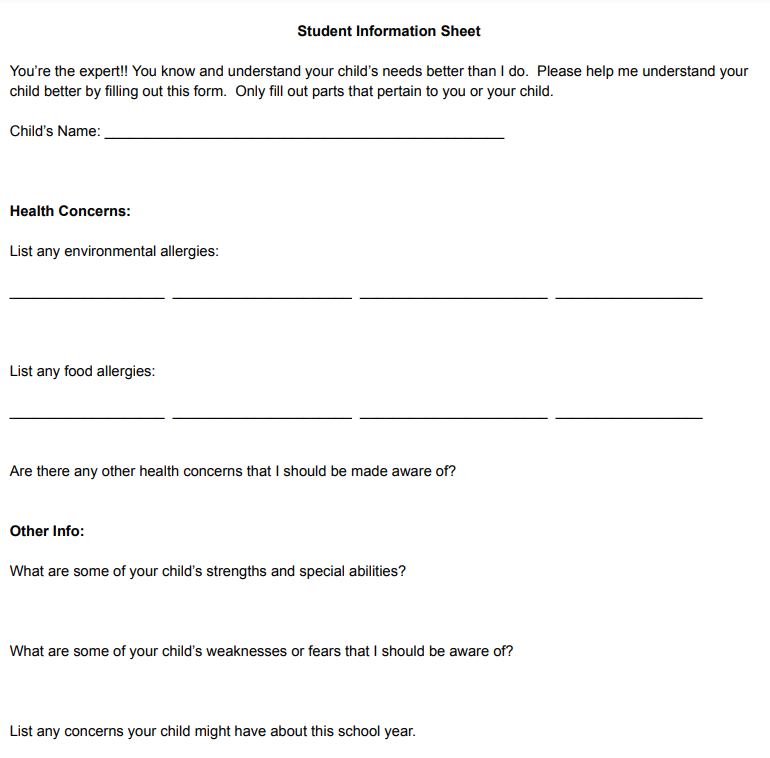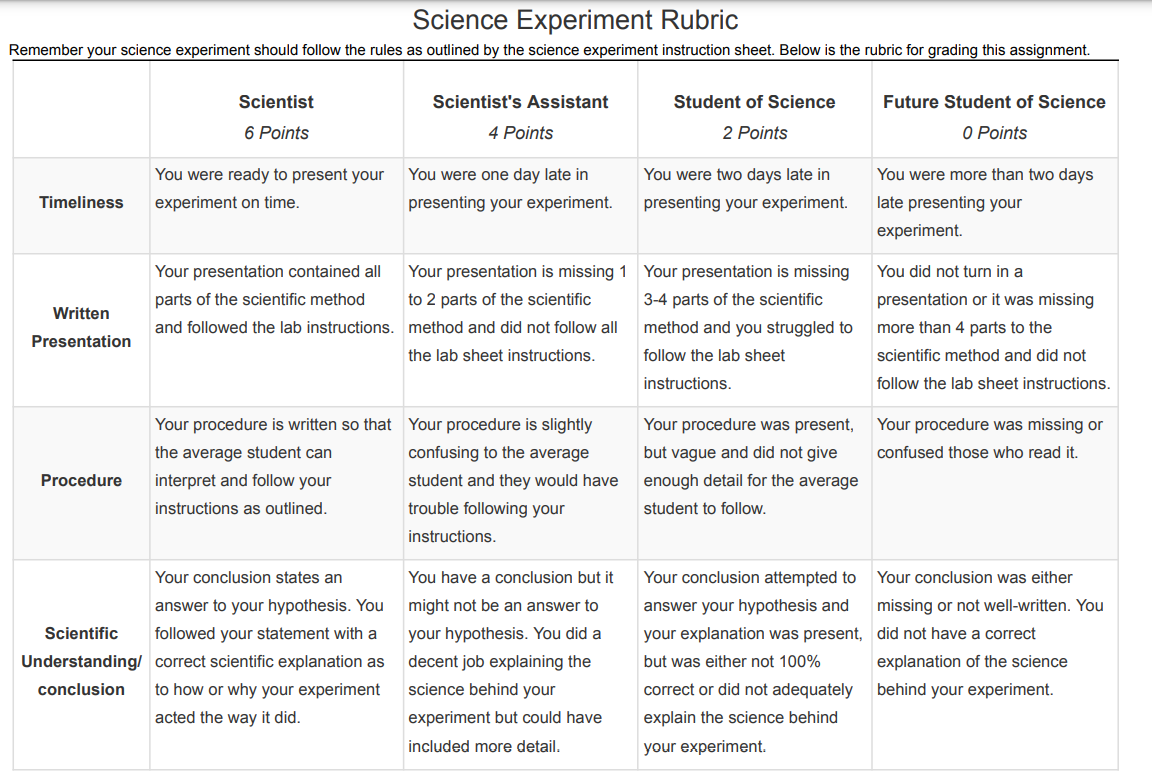Understanding Sand Dunes
Image
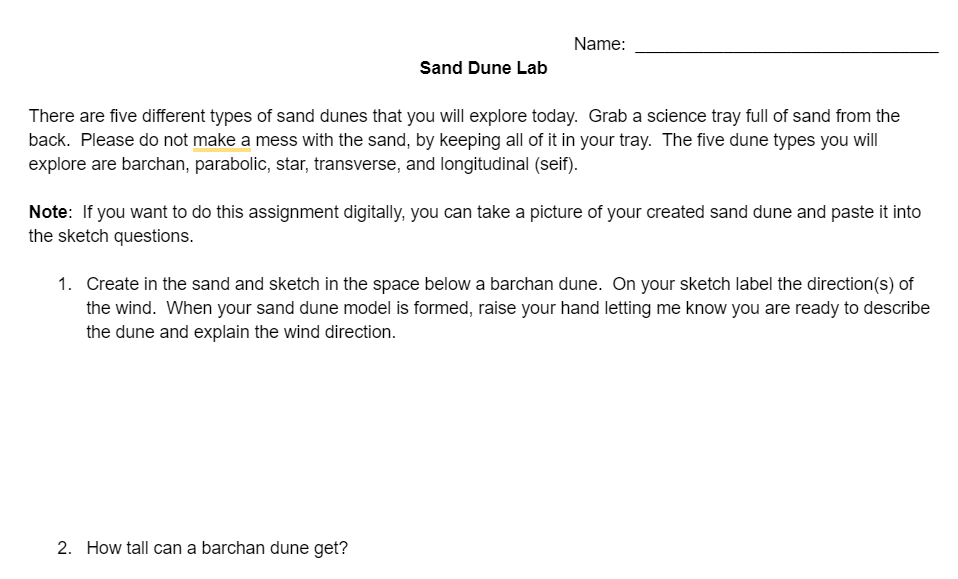
In this sand dune activity, students will have the opportunity to explore five different types of sand dunes: barchan, parabolic, star, transverse, and longitudinal (seif).
This Sand Dune Lab worksheet offers a hands-on experience in understanding different sand dune types and their characteristics. By creating sand dune models and answering related questions, students will deepen their knowledge of these geological formations and their connection to wind patterns.

